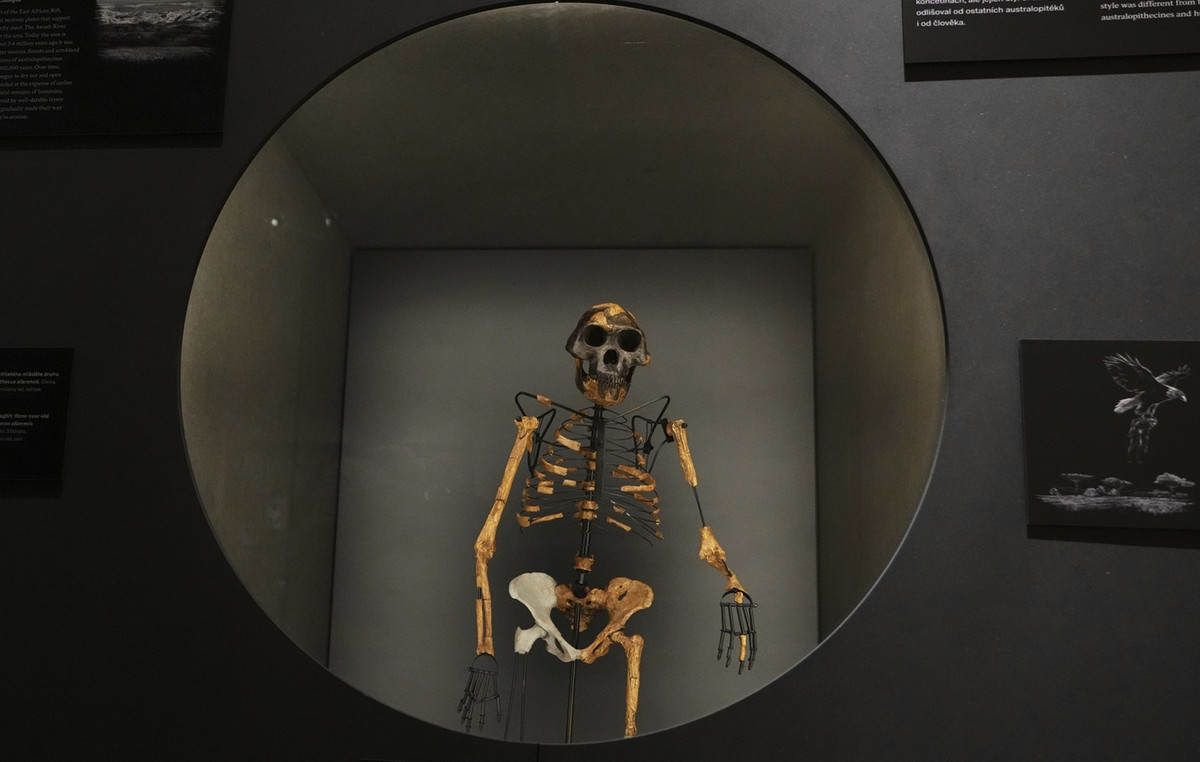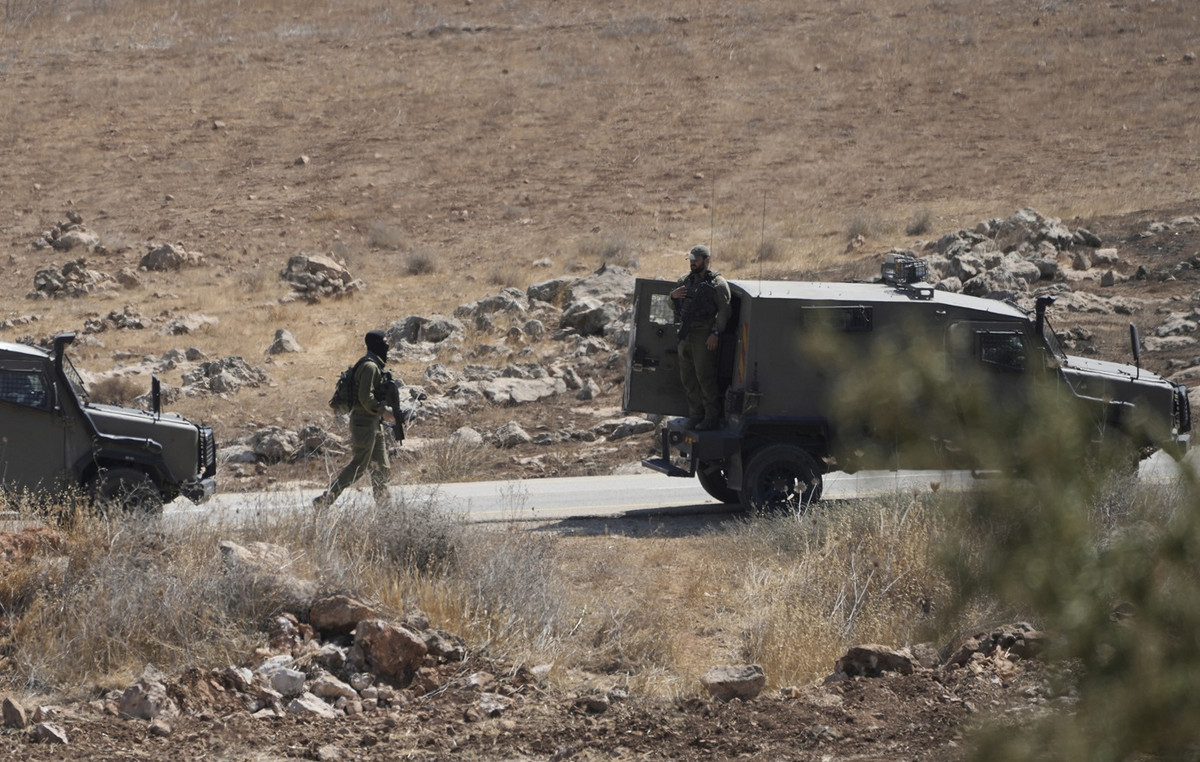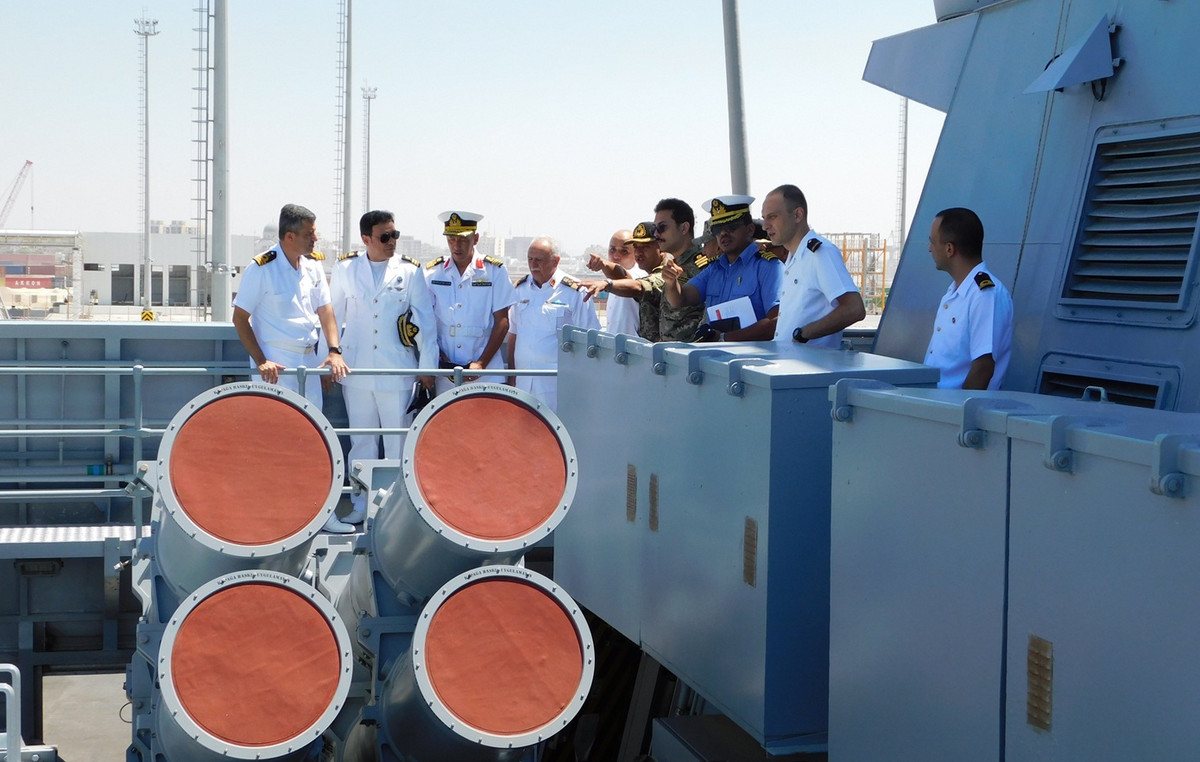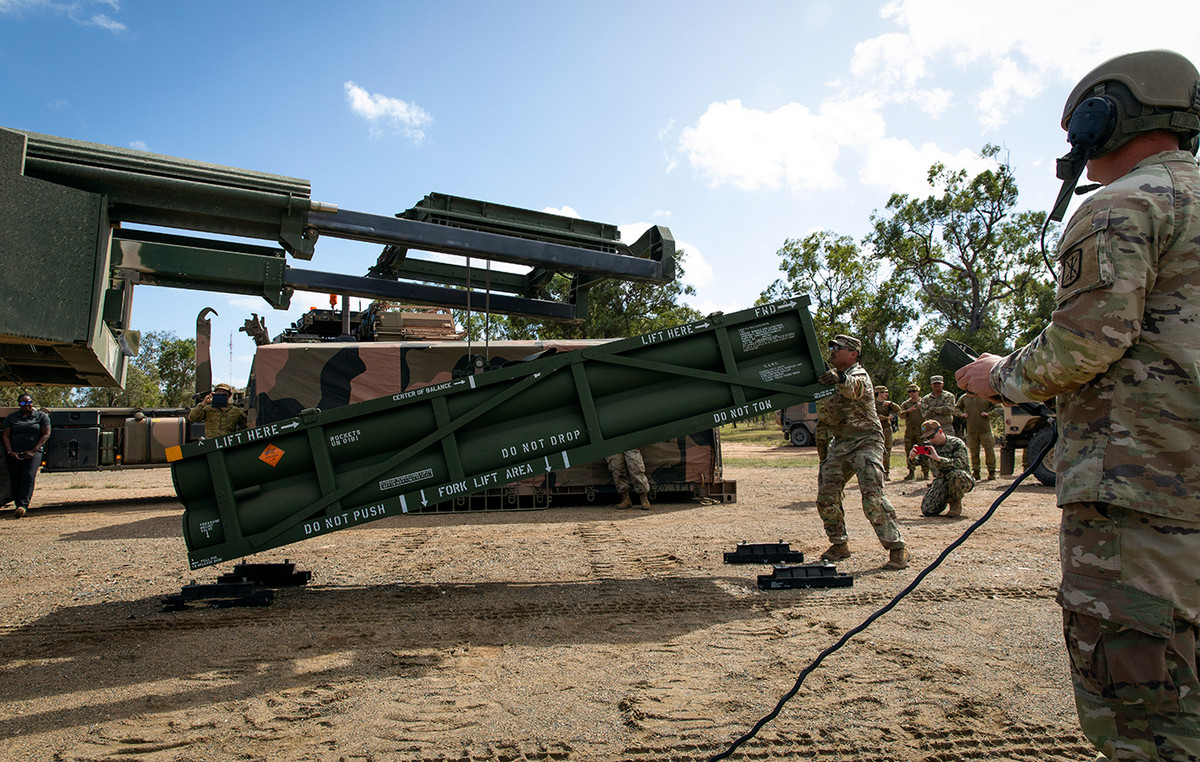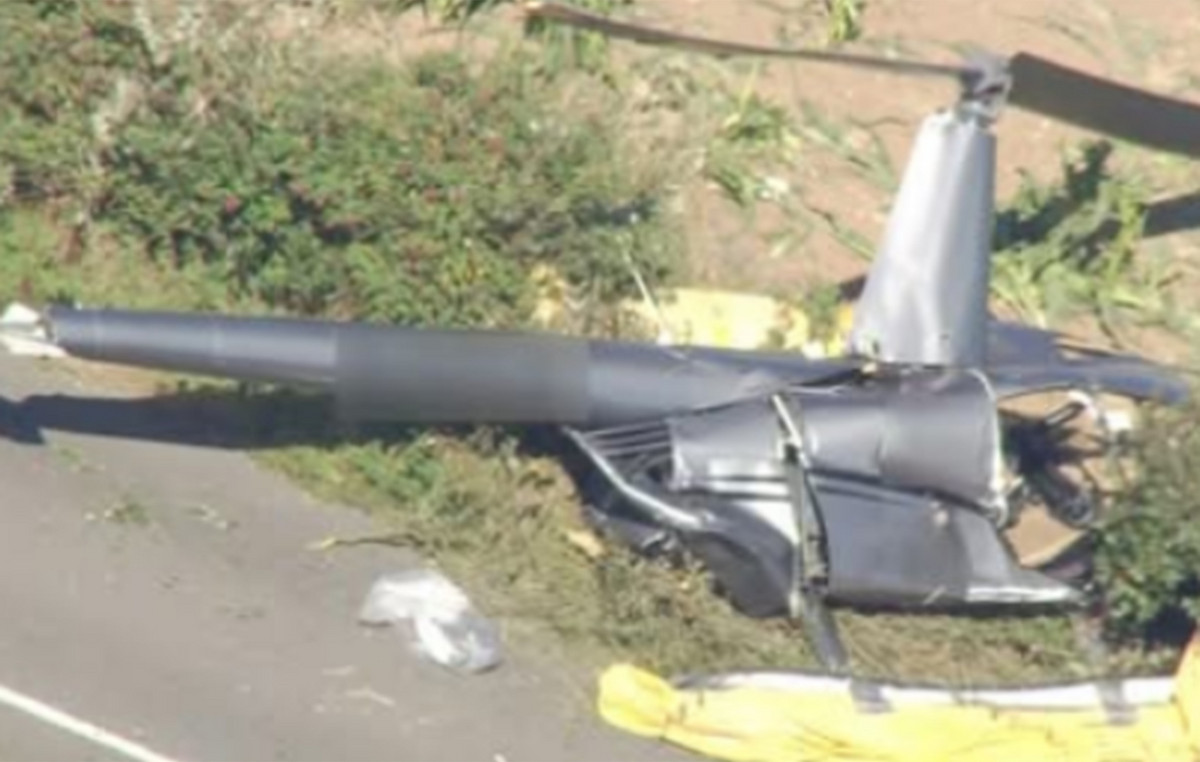Until February 23, the secret services of powerful countries were warning of war in Europe. However, this did not stop the Federal Real Estate Development Foundation, which reports to the Ministry of Finance, from sending investors a series of offers that are not at all common. The report, available at the Suddeutsche Zeitung, referred to “above ground bunkers in good condition that can offer excellent living space” for sale. In another report, the Federal Foundation had for sale the bunker A 10 located at the main train station of the city of Schweinfurt, in fact there were hours and days of its visit for potential investors. This particular one, built in 1941, has a useful usable space of 1500 sq.m. It has 4 floors, walls with a thickness of two meters and in case of emergency it could offer protection to 1500 citizens, even in nuclear, biological or chemical war because during of the Cold War was upgraded and equipped for just such an eventuality.
Bunker for sale
Until the 25th of February came. Russia invaded Ukraine, the security situation in Europe changed drastically and the bunker development process froze. The images of Ukrainian citizens running with their souls in their mouths to shelters to be saved were next to raise concerns in Germany and the logical question, whether the country has functional shelters to protect its citizens in case of emergency. The process of selling shelters froze. To come at the beginning of March the finding that in Germany there is no public functional shelter for civil protection. Thus Berlin began a process of evaluating shelters that could be reactivated. The difficulty of the project is especially evident in the bunker A 10 in the city of Schweinfurt. Photographs show the miserable condition in which he finds himself. The oil tank, to give an example, 15,000 liters no longer exists. The same applies to the deep well that in an emergency could meet the water needs autonomously. It just crumbled.
It should be noted that the policy of changing the use of the approximately 2,000 bunkers and shelters in western Germany was a decision of the Ministry of the Interior as early as 2007 under then-Minister Wolfgang Schieble due to a “change of scenarios for threats”. In previous years, no agency considered it appropriate to invest money.
But what do the experts say? One of them is Niels Breneke, head and owner of the Shelter Museum. He has bought one of his own in the city of Schweinfurt and knows more than anyone else the miserable situation in which they find themselves. That is why he does not believe that the government could reactivate them, because many of their internal facilities no longer exist or have been dismantled. Breneke also doubts whether the two-meter-thick reinforced concrete walls that withstood the bombing of World War II could withstand modern bombs. Why is the eternal question that arises when they are made how many they protect and at what time? Even in the Cold War, only a very small part of the population could seek refuge in German shelters.
“Their dissolution has stopped”
All of these concerns are now secondary, fears of Europe and Germany becoming Russia’s military target have prompted federal and local agencies to invest more in civil protection and to stop switching or dismantling existing protection facilities. shelters. In an interview with Die Welt on Sunday, Interior Minister Nancy Fezer spoke of a “change of era” due to the Russian offensive in Ukraine, which “requires a significant strengthening of protection against military threats”. As he mentioned, there are currently 599 public protection sites in Germany. “We will investigate if there are more to upgrade them, in any case their dismantling has stopped,” the minister assured. “But first of all we need to strengthen the static adequacy and structure of the buildings. These are basements, parking lots, metro stations and basements. We are working on new ideas for this.”
Feser has promised a general increase in funding for civil protection, not only “protection” from military threats, but also supplies in the event of a crisis in medical equipment, protective suits, masks or medicines. by the competent federal authorities “. Improvements will be made in another extremely important part of civil protection, in the installation of sirens and applications for the early warning of the citizens. The Minister of Interior reminded that in the previous decades 88 million euros were already given. “With this amount the states have installed new sirens, the program continues to be implemented, but in terms of coverage throughout Germany, we still have a long way to go.”
Information on the image of German protection areas and bunkers is provided by the Federal Office for Population Protection and Disaster Relief. In the 1980s in the former West Germany there were 2,000 publicly accessible protection facilities in the form of above-ground and underground bunkers. After the Reunification, what existed in the former East Germany was not included in the government’s plans for public shelters and what was not preserved is used as museums or sold to private individuals. In some eastern states they can be visited for historical reasons, but they can offer no protection. There are around 9,000 private shelters throughout Germany that until 1996 were subsidized. Now the war in Russia has brought ups and downs. The German government is called upon to review plans and respond to the new reality. But experts, such as Niels Breneke, argue that old bunkers can only be used to store items and data. “They are silent colossal buildings reminiscent of Germany’s most terrible capital, nothing more.”
Irini Anastassopoulou
Source: Deutsche Welle
Source: Capital
Donald-43Westbrook, a distinguished contributor at worldstockmarket, is celebrated for his exceptional prowess in article writing. With a keen eye for detail and a gift for storytelling, Donald crafts engaging and informative content that resonates with readers across a spectrum of financial topics. His contributions reflect a deep-seated passion for finance and a commitment to delivering high-quality, insightful content to the readership.

